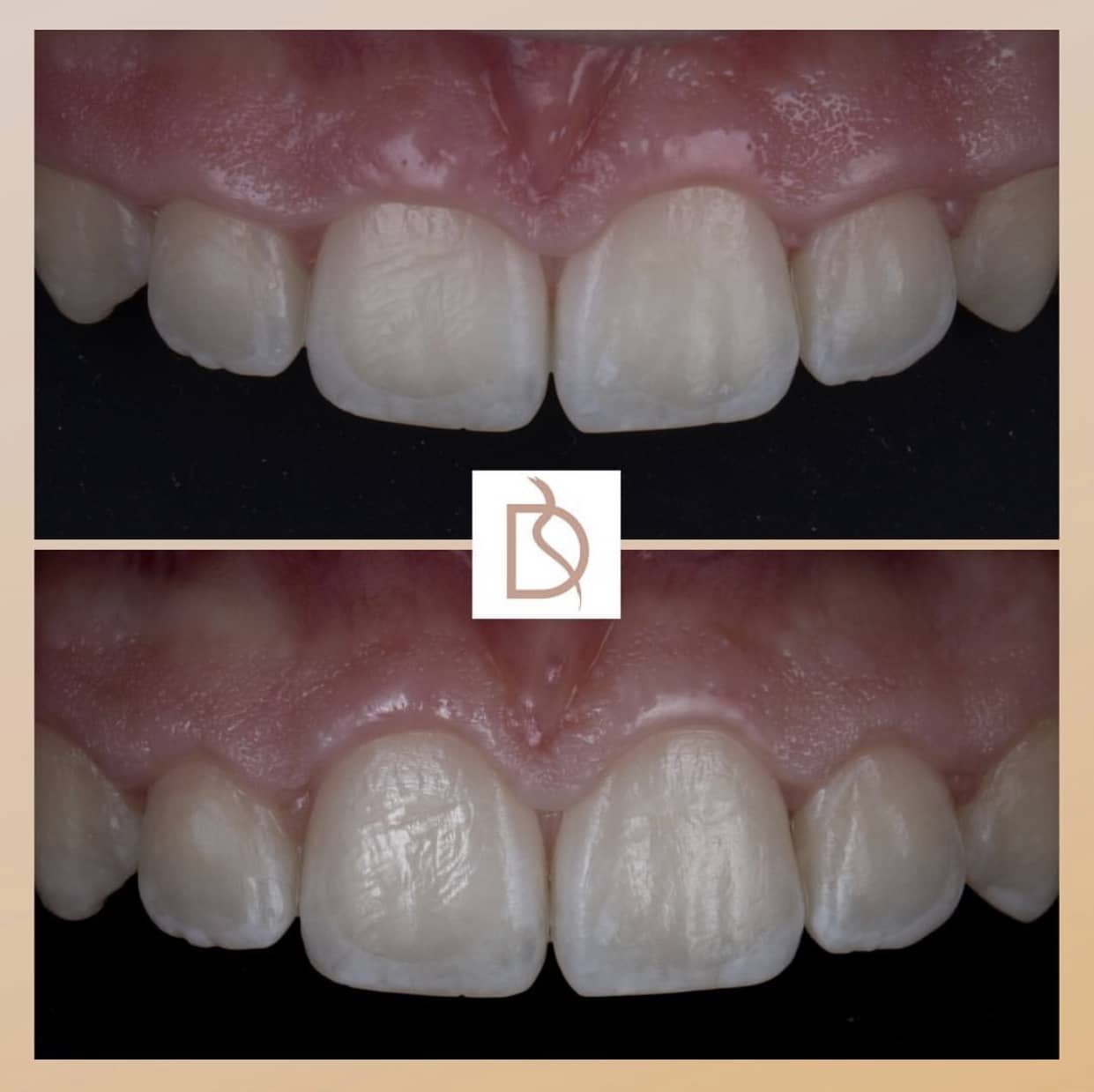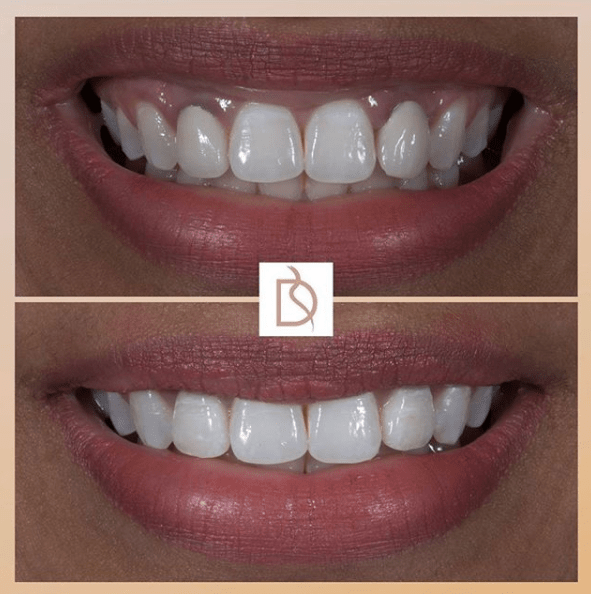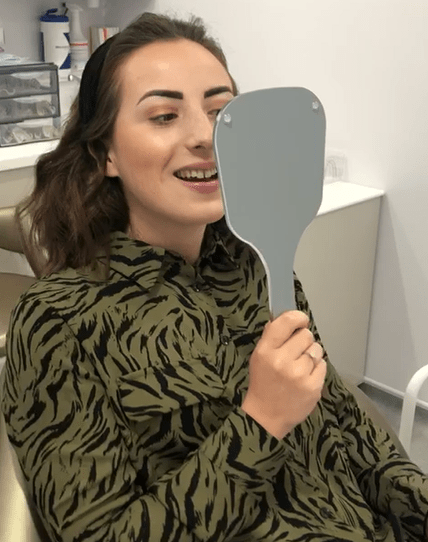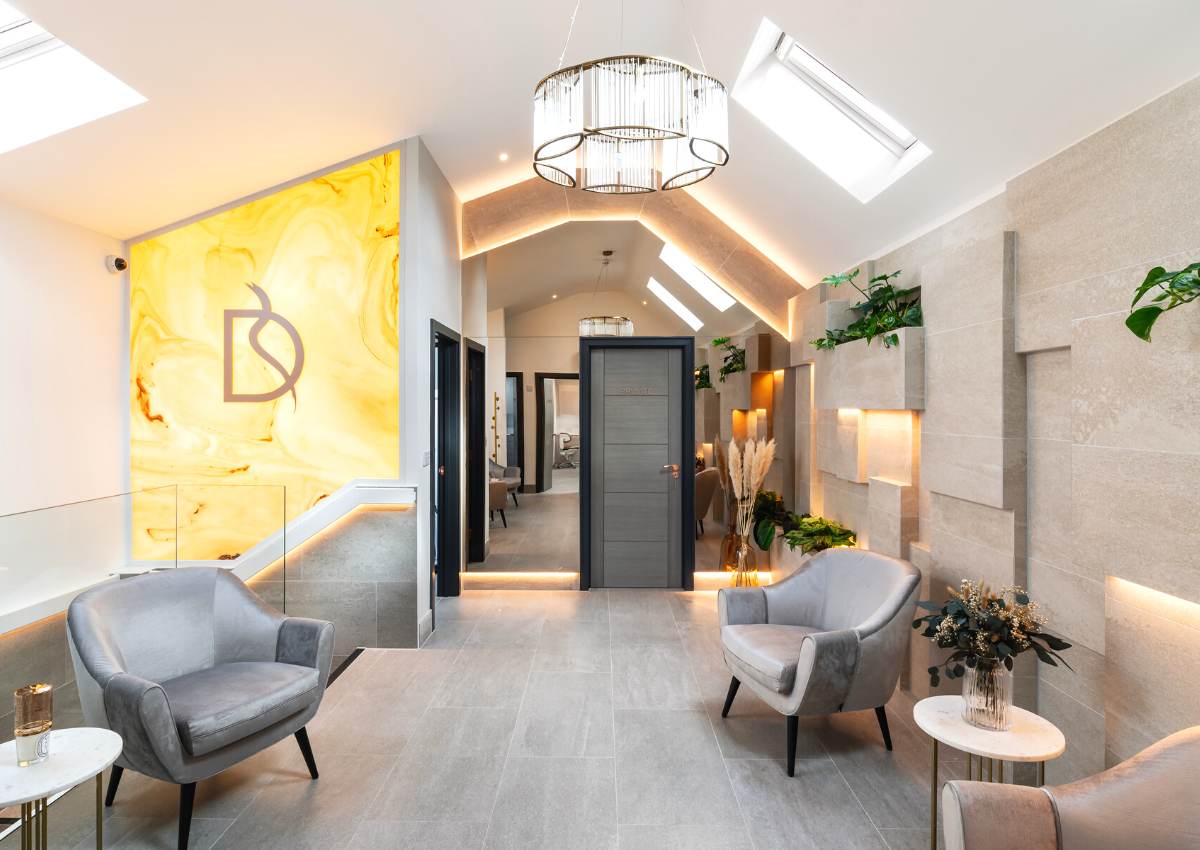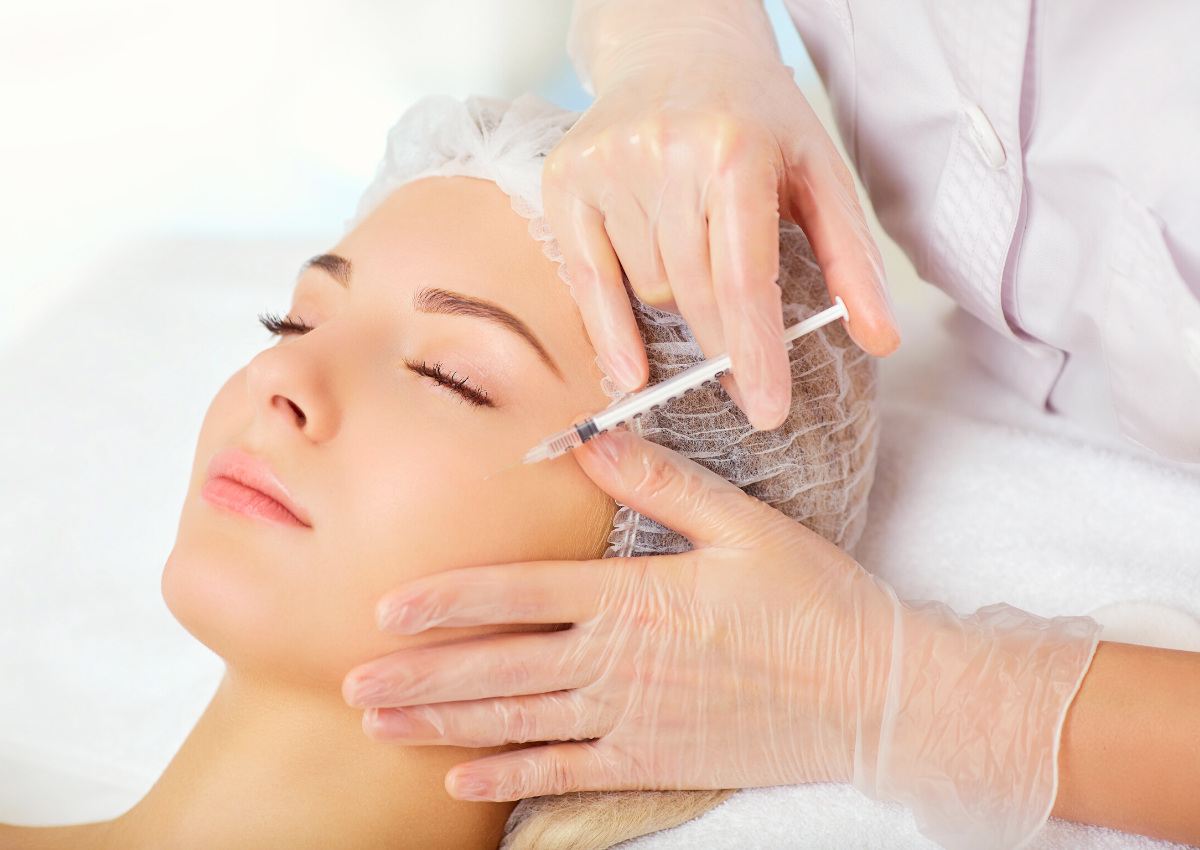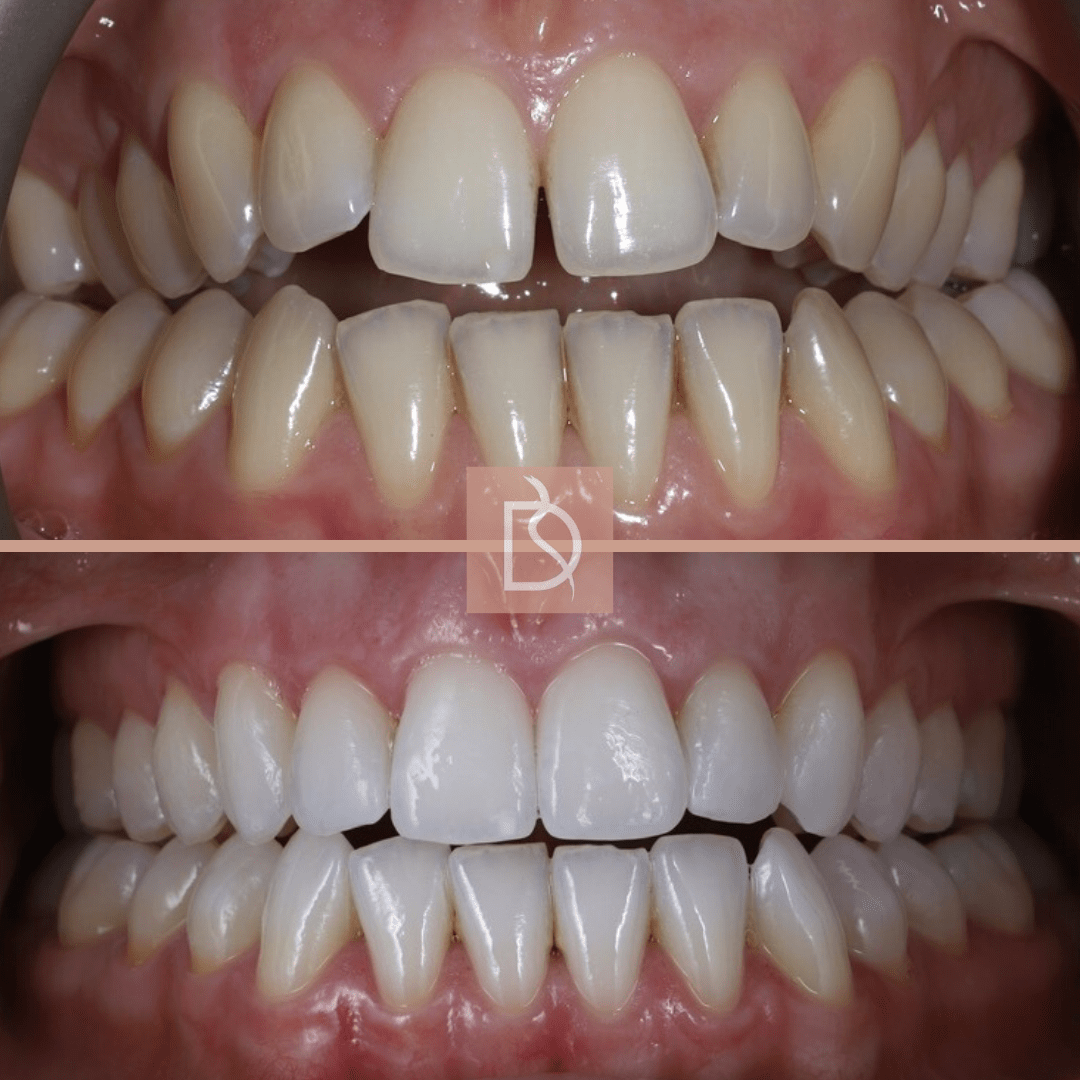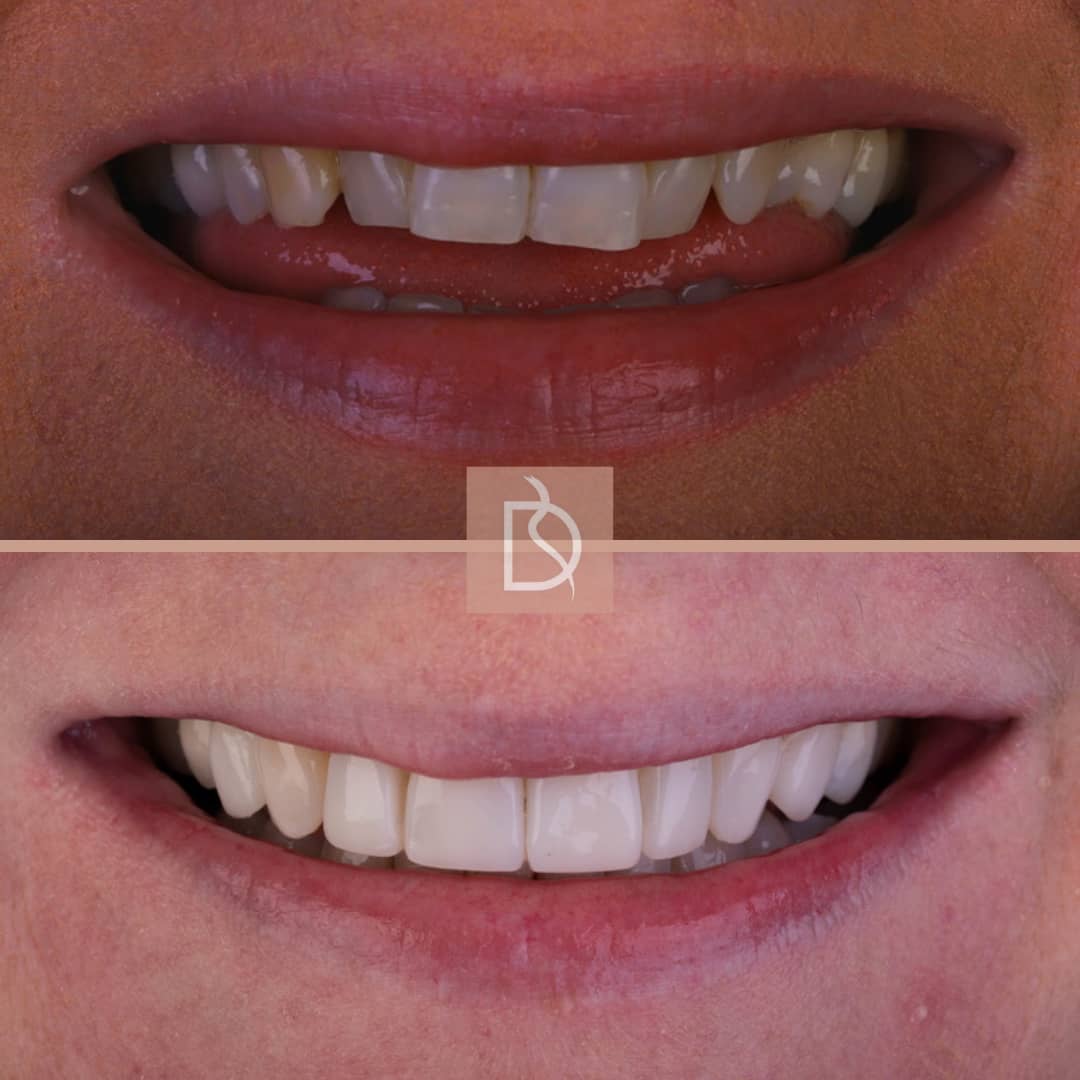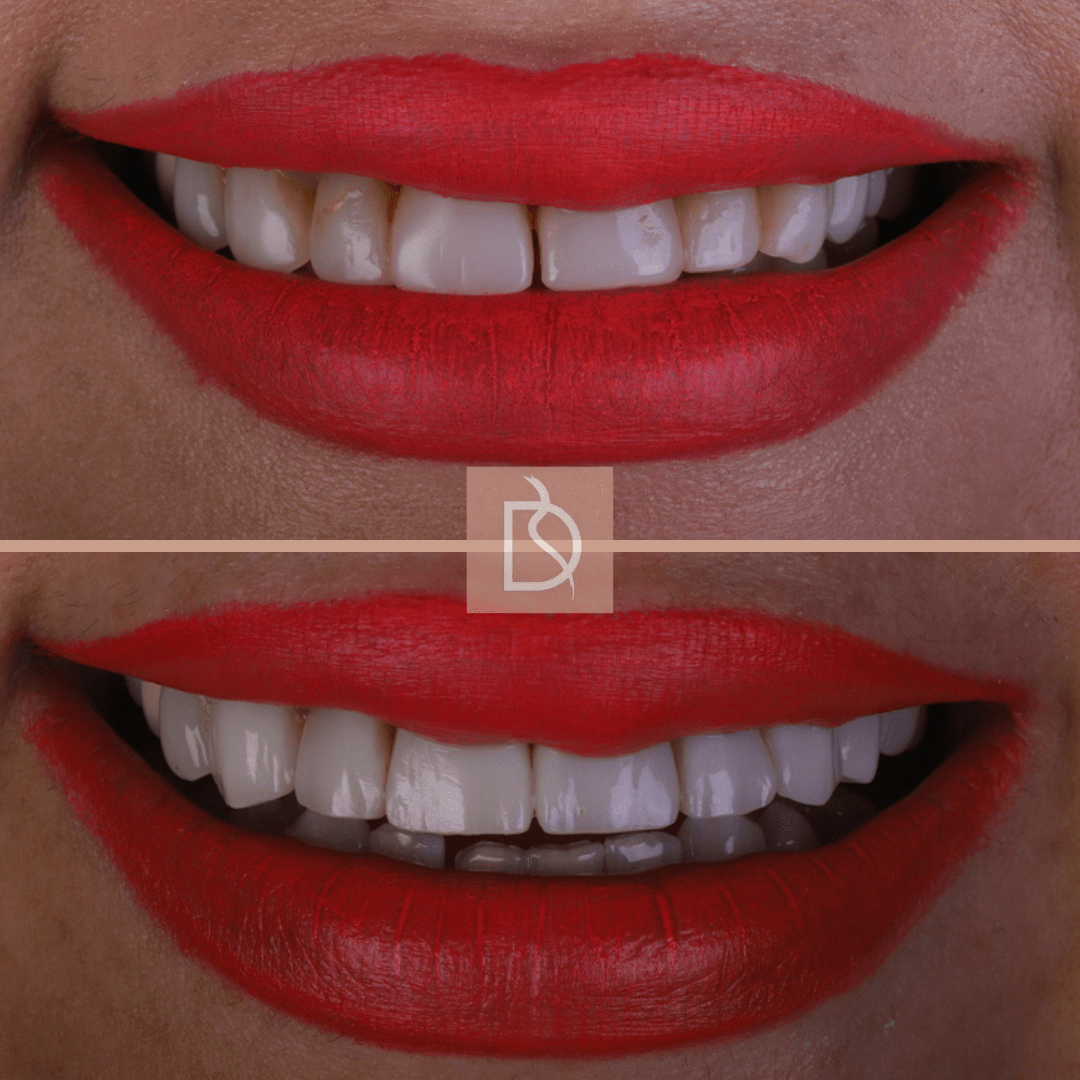If you are looking for invisalign provider in the Bournemouth area, there is no better time than now to begin your Invisalign journey today. We at Dental on the Banks have made the entire experience extremely easy for each and every one of our patients. Discover your new smile with the power of Invisalign clear aligners with proven comfort and precision to achieve only the best results. Invisalign is becoming the leader in orthodontics for straightening teeth – giving you effective results each week through the power of custom-made, removable, clear and comfortable aligners. These aligners make it much easier for you to monitor your dental hygiene, where you can continue to floss and brush your teeth as normal (without the irritation and complications of maintaining traditional metal braces). This is the power to transform your smile without disturbing your lifestyle.
By choosing to start your Invisalign in Bournemouth with Dental on the Banks, you will only need to attend our practice two to three times in total. We send your clear aligners directly to you, allowing you to change these each week at home in the comfort of your own home. As you replace your aligners at home, you will notice how your teeth will slightly move little by little – gradually working towards the final desired aesthetic at such ease. Over three million people worldwide have opted for Invisalign, embarking on their journey to a much more confident and happy smile. Not only can it bring you a beautiful smile by treating modern misalignments, but it can also be utilised on a case-by-case basis offering other benefits such as aligning over-bites, cross-bites and under-bites.
The cost of your Invisalign treatment will depend on your specific needs; which our highly experienced orthodontic directors will talk you through at the commencement of your appointment (you can also book a free online consultation to begin). By making an investment like this that you won’t regret, you will begin to see your dream smile in as little as three months of using your aligners. Start your Invisalign journey today with Dental on the Banks, where we will guide you through every step of your treatment to help you achieve the perfect smile.



